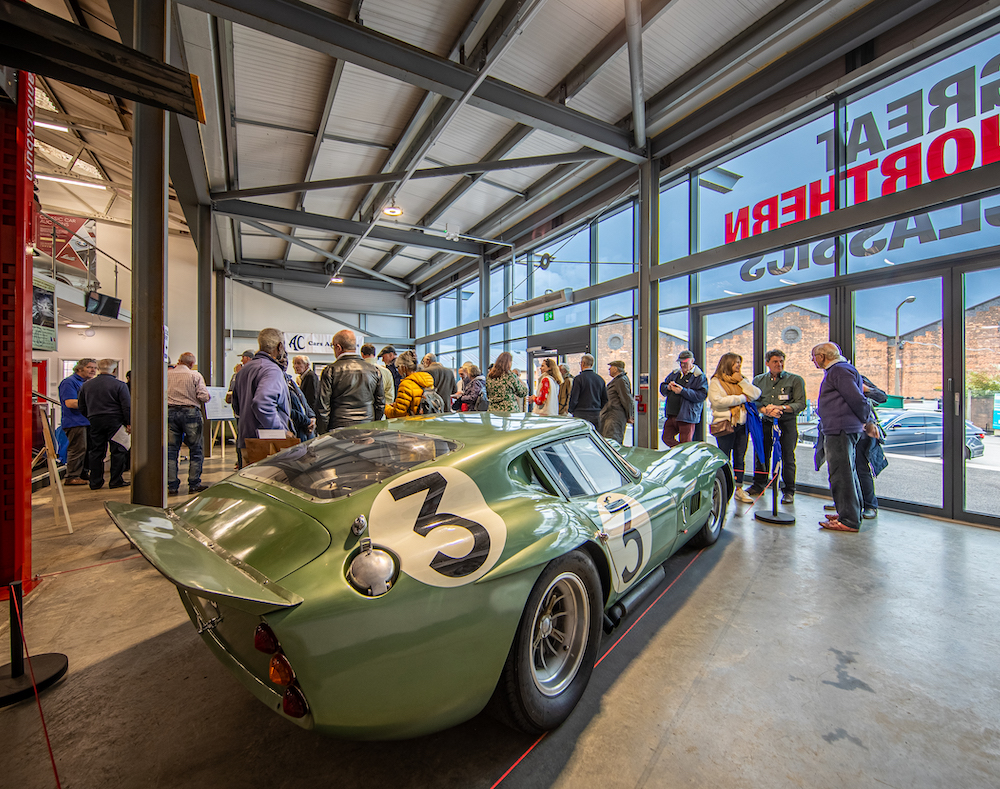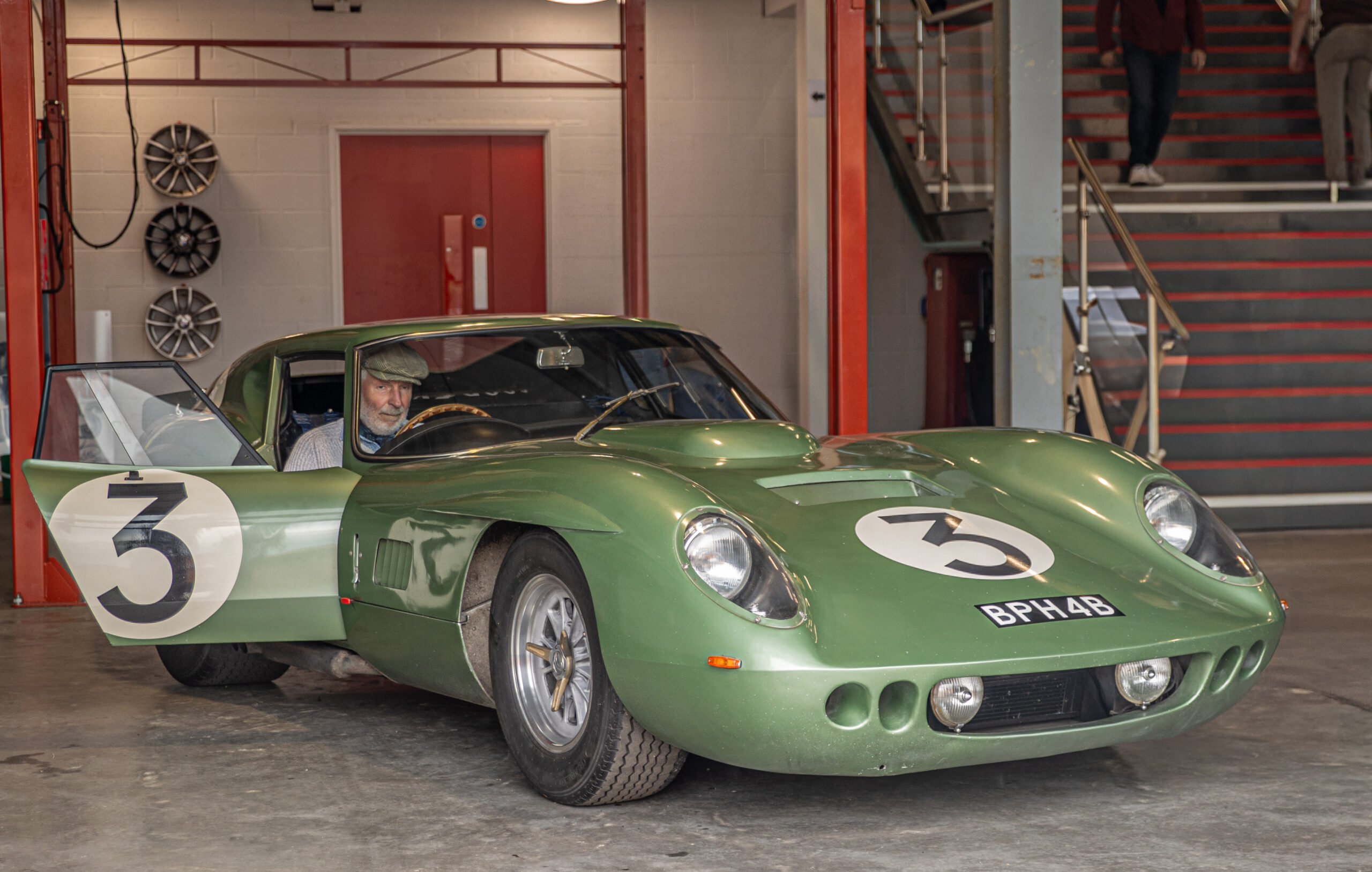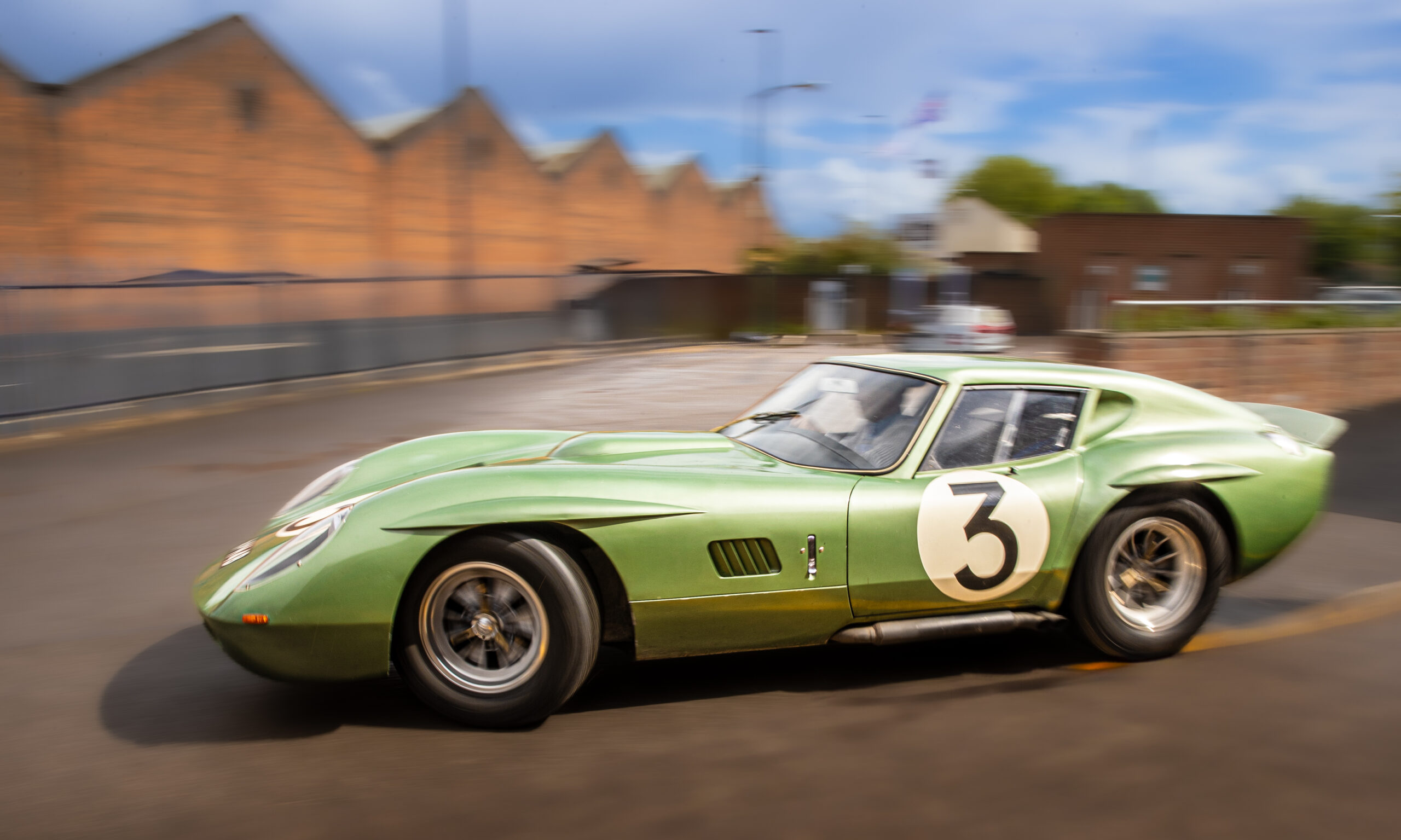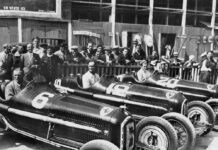In mid 1964, as a 14 year old schoolboy who was already addicted to anything with 4 wheels, I can remember waking up one morning to headline news coverage of an incident on the M1 Motorway.
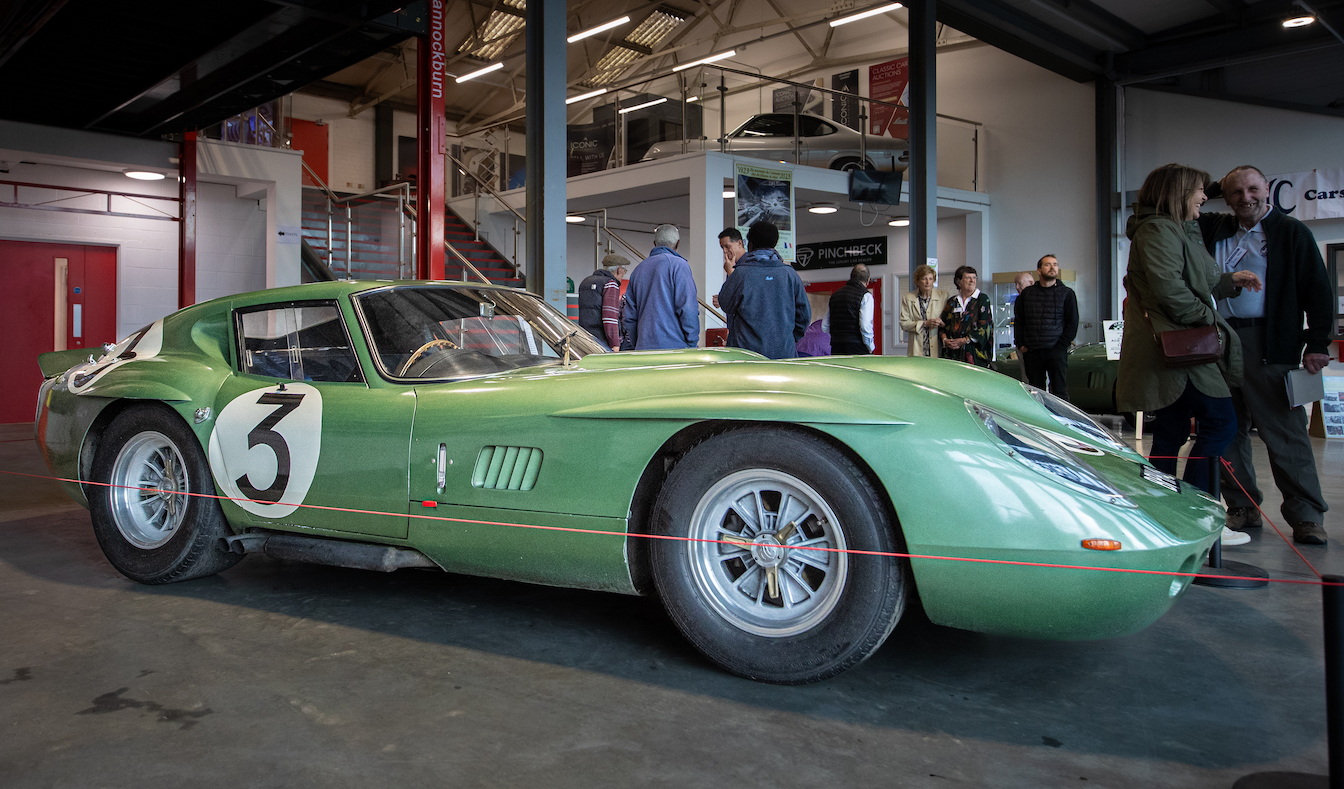
In testing for the upcoming le Mans 24 hour race an A.C. Cobra coupé, known by her chassis number A98, driven by Jack Sears and Peter Bolton, was reported to have travelled at 185mph on a section of the then unrestricted road.
The British press, true to form, stirred up a degree of public outrage that such practices were legal and, about 18 months later, an “experimental” limit of 70mph was introduced. Popular myth ( later debunked) was that the trigger for this was the A.C. test. Like the 1799 “temporary” introduction of income tax, the limit exists to this day.
The A.C. went on to initially run well at Le Mans where its superior aerodynamics allowed it to run as fast as the significantly more powerful Shelby Cobra Daytona coupés. Sadly, as the race progressed, it suffered fuel problems which were traced to having been sabotaged with newspaper in the fuel tank. Later a badly worn tyre instigated a high speed accident that resulted in the vehicle being very badly damaged. Baghetti’s Ferrari prototype was involved in the crash, leaving the track and killing three young lads who had unwisely climbed into a forbidden area. I can well remember admiring the sheer beauty and purposefulness of the A.C. in contemporary photographs taken before the crash.
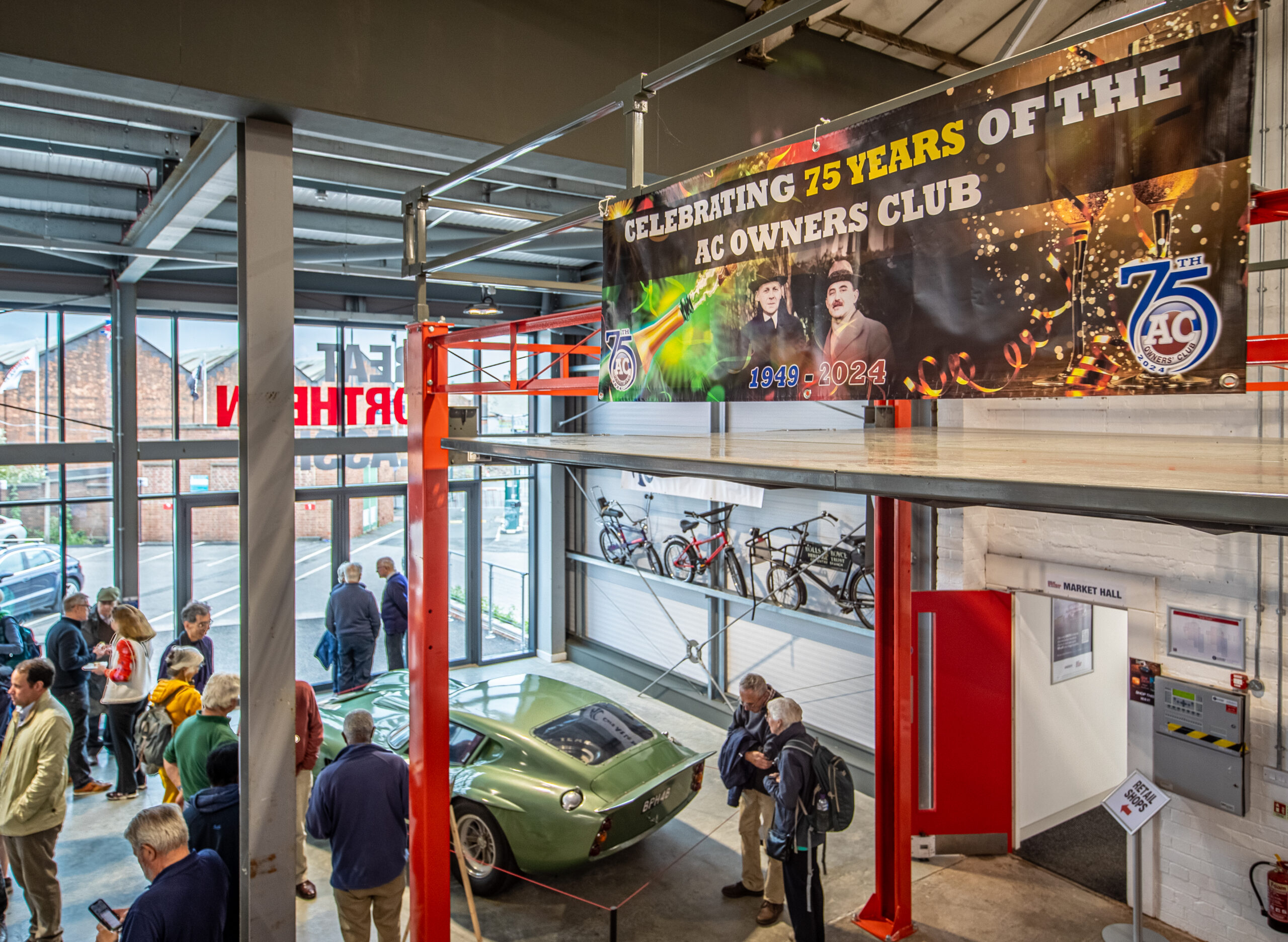
The wreckage was brought back from France and stored in the attic at the A.C. factory in Thames Ditton until1972. Then they were passed to A.C. enthusiast and collector Barrie Bird. Over the next dozen years he undertook a painstaking rebuild, including commissioning a fresh body from Maurice Gomm, who had created the original one. Maurice was once described by Motor Sport as “panel beater extraordinary, the Emperor of the trade” so the results, built on the original buck, were not only accurate, but also impeccable.
Fast forward to May 2024 and I had my first opportunity to get really close to the coupé.
A few days agothe A.C. Owners’ Club celebrated its 75th anniversary at the very recently opened Great Northern Classics in Derby. They are located in a magnificent industrial building erected in 1855 as an iron foundry to supply steel structures, including for the Sydney Harbour Bridge. In the following 169 years it has been repurposed a number of times, most recently for the building of Rolls-Royce aero engines following which it was adapted to house their heritage collection.
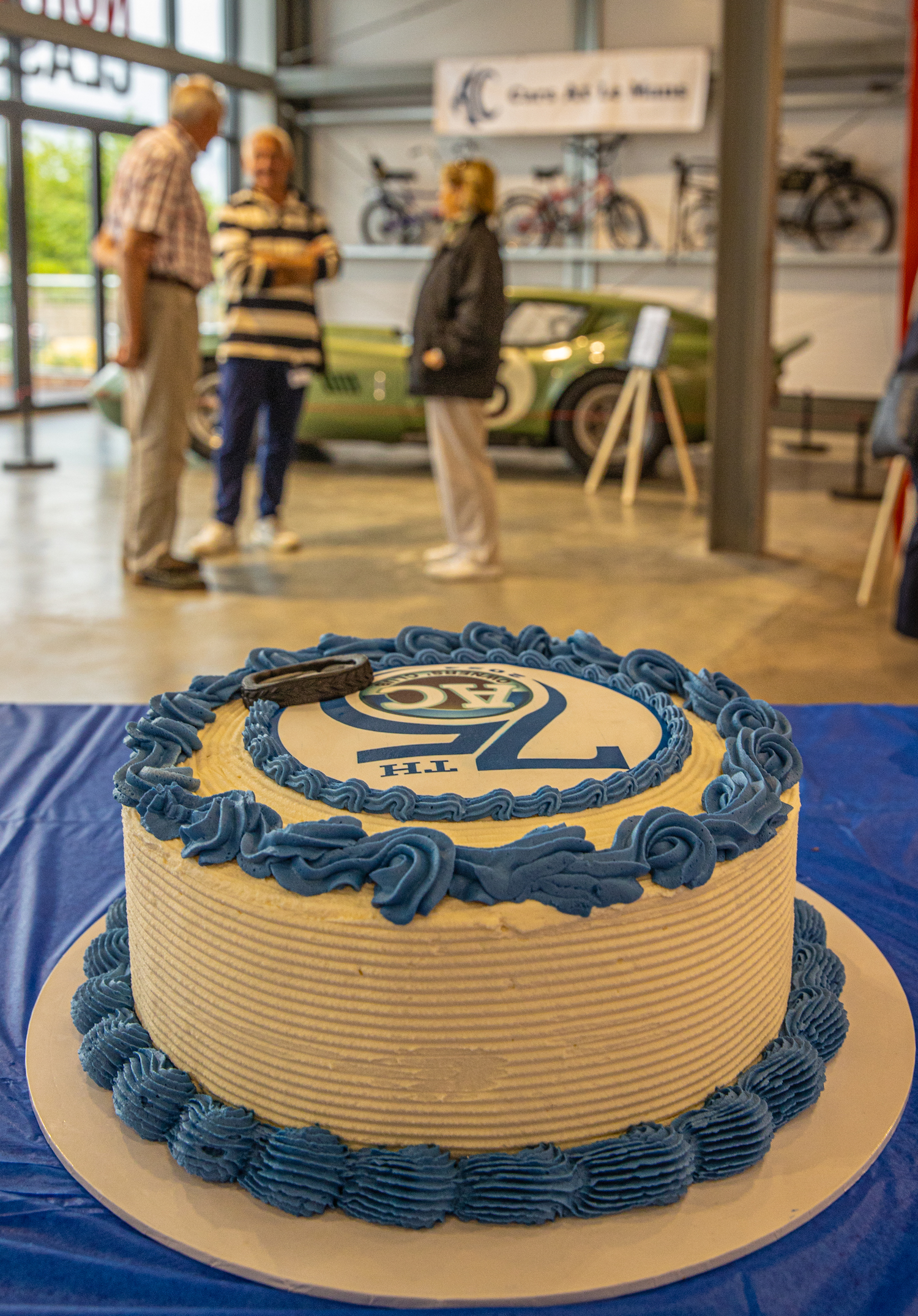
The 80,000 sq.ft. edifice sitting in over 4 acres of land has once again been substantially adapted to form the base for a broad array of classic car activities. The founder, A.C. owner and club member Shaun Mathews, has created a multi purpose environment for classic car storage, restoration, conference facilities, a public café and retail units. Overarching this are plans to create a heritage vehicle training campus where “enthusiasts, old artisans, and youngsters keen to learn could co-exist, powering skills transference and make engineering ( as well as old cars and bikes) just a little bit sexier for the next generation”.
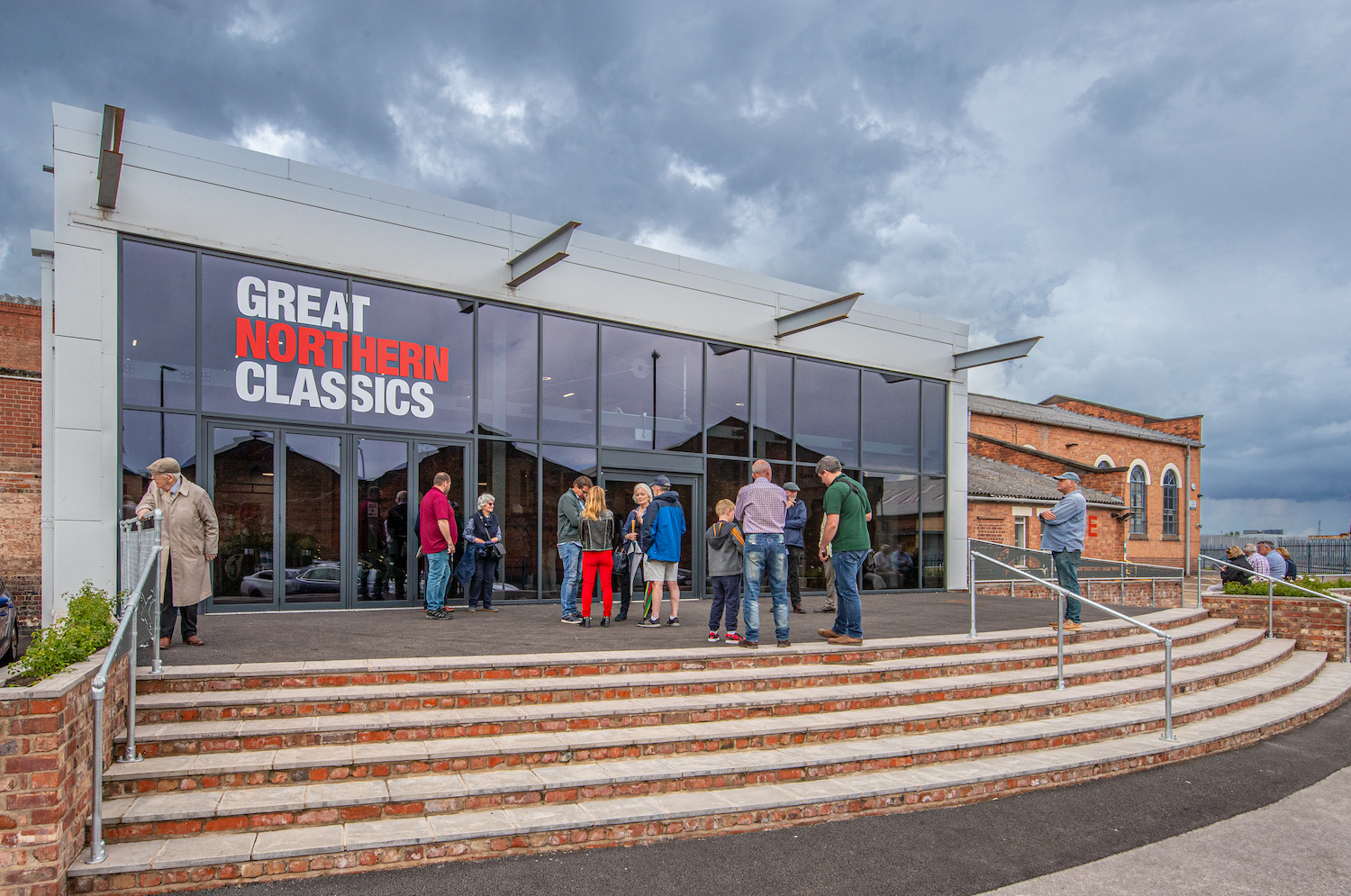
Ten weeks after opening we were privileged to be the first car club to host an event there. Many great A.C.s were there, ranging in sophistication from the humble blue invalid carriage to the mighty (and beautifully restored) Frau 428 convertible. Ages ranged from the Empire of the 1920s to the Ace Brooklands of the 1990’s, The first non US destined Cobra which was also the prototype Mk. II (CS2030) was also on show as was the last Cobra Mk. IV, thus spanning a production run of almost 40 years. All the cars looked immaculate which is a testament to the love they engender and the hard work that keeps them in the manner that they deserve.
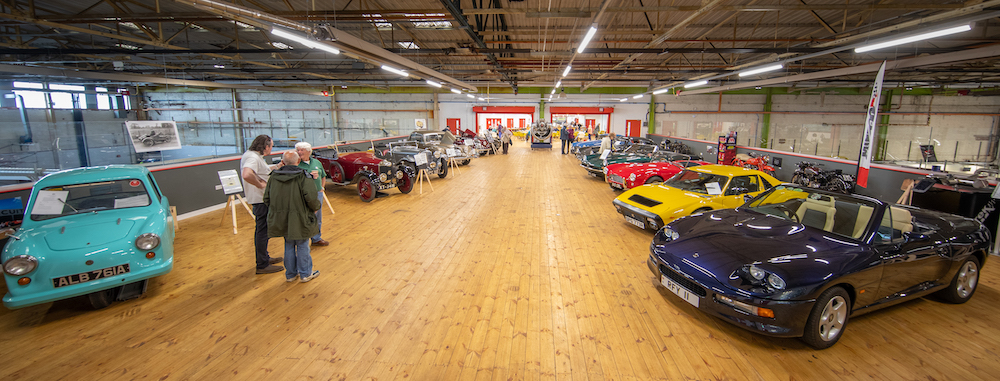
Nevertheless for me the undoubted star of the show was A98, the Cobra coupé. Looking a bit like a Ferrari 250 GTO with attitude is is a truly inspiring as well as unique vehicle. Who knows what may have happened if a tyre had not blown at very high speed? A combination of its superior aerodynamics with the horsepower output of its Shelby cousins could have produced a car of equal prominence to the 26 GTO’s and 6 Daytonas that are generally viewed as the high points of-the front engined sports racing car era. We can be grateful that the one and only example still lives for us to admire.
